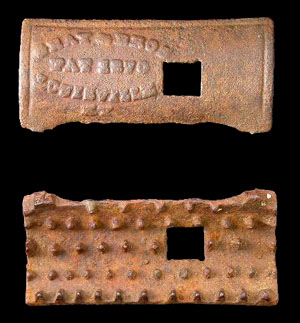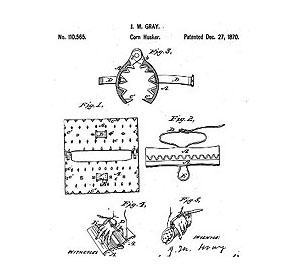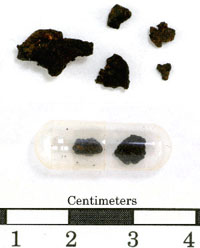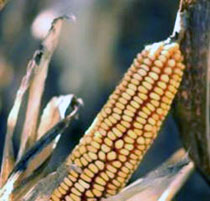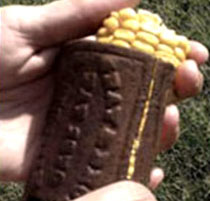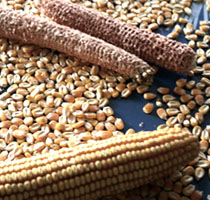 In the olden days, there were many types of tools and odd devices that we may not recognize today. At the Williams' farm, archeologists found a strange, rectangular piece of cast iron studded with dangerous looking metal teeth. It was not an instrument of torture, but a tool for husking and shelling ears of corn!
In the olden days, there were many types of tools and odd devices that we may not recognize today. At the Williams' farm, archeologists found a strange, rectangular piece of cast iron studded with dangerous looking metal teeth. It was not an instrument of torture, but a tool for husking and shelling ears of corn!
Although the archeologists only found half of the tool, they could read the name of the manufacturer—Gray & Brothers, Company—and track down its function. By researching online, they found a drawing from the patent application filed in December of 1870 showing the parts of the device and how it was used.
